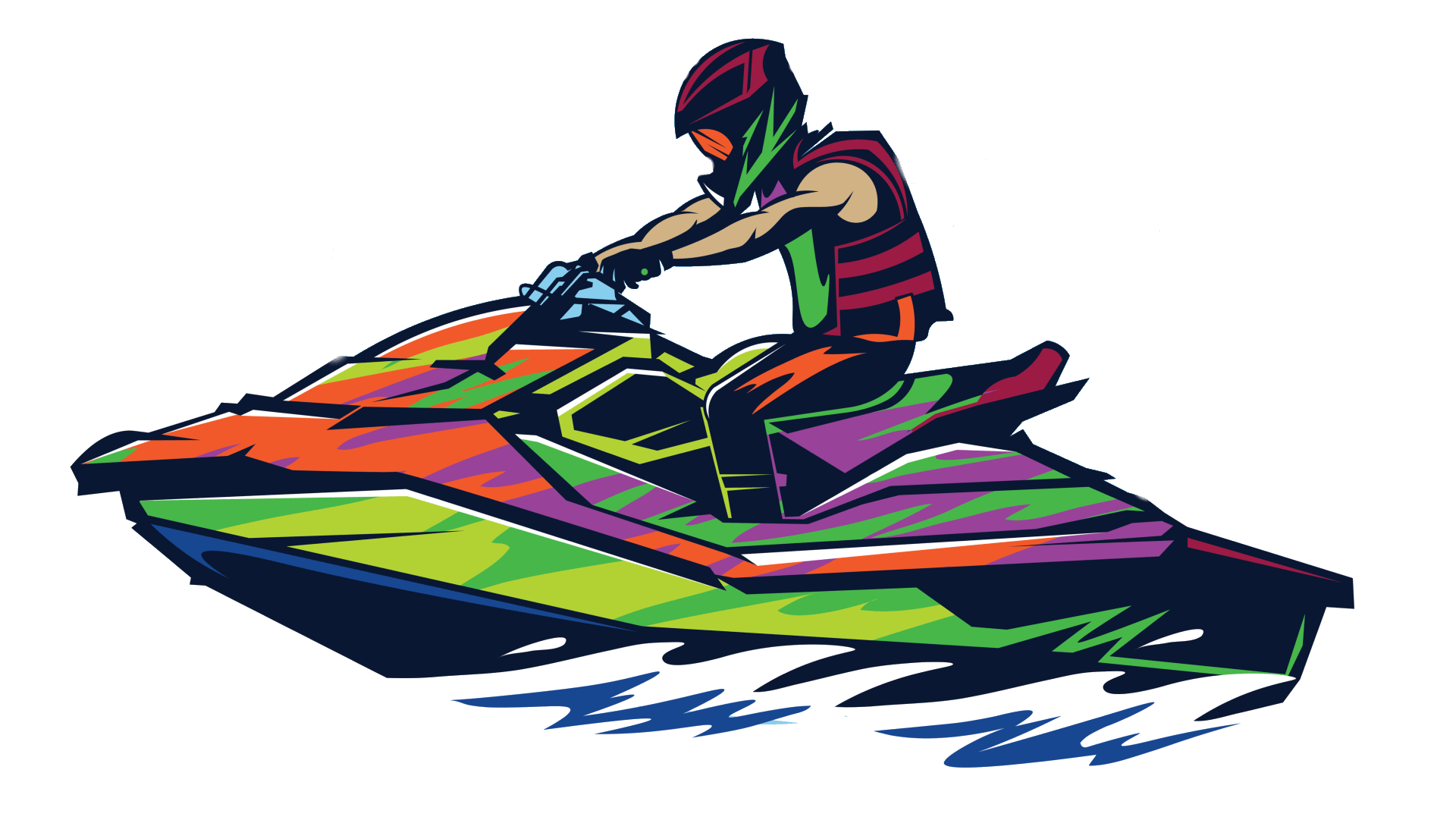Can Jet Skis Flip?
BOOK NOWYes, when too much weight is applied to a jet ski, it can tip over due to instability. When you ride them at their top speeds while making tight curves, they can also roll over. Additionally, when traveling at low speeds or when you improperly reboard a jet ski, it may roll over.
How to stop jet skis from overturning
Choosing the right jet ski is one of the best ways to keep your jet ski from tipping over wherever you go jet skiing. Your weight, the weight of your guests, and the weight of your equipment will all be supported by the proper jet ski. This will guarantee that the jet ski maintains its stability even when loaded.
Also, jet skis may become unstable if too much weight is applied to them. This includes weight from passengers or riding equipment. This implies that the risks of riding a jet ski while carrying passengers are increased. Therefore, improper weight distribution caused by small passenger body movements may even cause your jet ski to capsize. Therefore, you must be aware of the weight restriction of the jet ski to keep it from tipping over.
You must steer clear of riding at high speeds and pulling off difficult maneuvers in addition to selecting the proper jet ski. This is due to the fact that one of the simplest ways to flip a jet ski is to make a sharp curve while traveling at a high speed. Additionally, engaging in difficult feats and stunts like wave jumping may cause your jet ski to flip over. If done aggressively, it may possibly cause major damage.
Even though one of the simplest ways to capsize a jet ski is to go at high speeds, your jet ski can also capsize if you go too slowly. This is due to the possibility of a jet ski being unstable and unsteerable when traveling at a very slow speed.
To prevent your jet ski from tipping over, you must ride cautiously and have your weight distributed evenly.
What to do If a jet ski overturns
A jet ski that flips over typically rolls back up without any problems. You must roll your jet ski back up if it capsizes. Therefore, if your jet ski rolls over, do not panic.
You must ensure the safety of all those in your vehicle, including yourself, if you are carrying passengers. You can now concentrate on the jet ski at this point. If the safety lanyard has been securely fastened to the life jacket, the majority of jet skis will turn off the engine when the rider falls. If the engine doesn't shut off automatically, you should do it manually.
You must then flip the jet ski upright as soon as you can after making sure the motor is off.


